Switzerland “not facing asylum crisis”
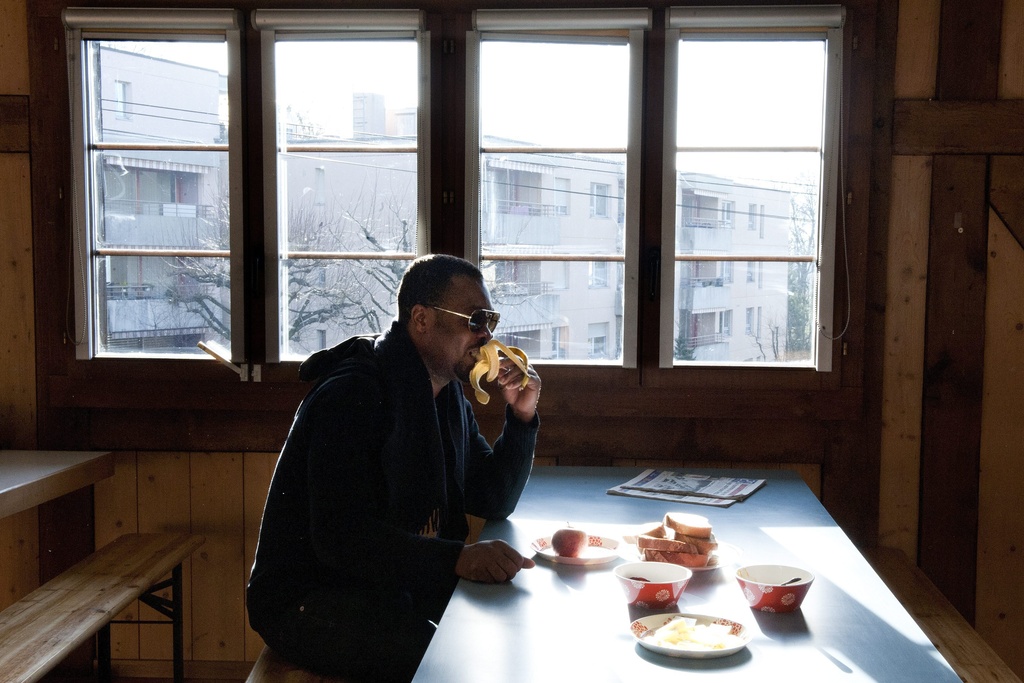
Despite an increase in the number of people seeking asylum in Switzerland this year, there is no crisis, say experts.
So far, more than 8,000 people have come in 2011. In May there were 2,254 applications, many of them from North Africa, according to the Federal Migration Office.
The Swiss authorities are looking for ways to cope with the influx of people desperate for a better life. Last week, the justice and police directors of the 26 cantons accused the federal authorities of taking too long to process claims and of sending asylum seekers from federal processing centres to the cantons too quickly.
Afterwards, Justice Minister Simonetta Sommaruga spoke out in favour of speeding up the application procedure and punishing problem asylum seekers. She also noted that the government would take on more responsibility through the planned federal asylum centres.
“Yet asylum policy remains a shared duty of the government, the cantons and the communities,” said Sommaruga in an interview with the newspaper SonntagsBlick.
No crisis
The asylum situation today is nowhere near a critical as in previous years, according to Denise Efionayi-Mäder, deputy director of the Swiss Forum for Migration and Population Studies at Neuchâtel University.
“I don’t think there’s an exceptional situation at the moment. There have been some organisational problems, though, and the whole thing has been politicised,” she told swissinfo.ch.
“The reorganisation of the Federal Migration Office since last September used a lot of resources. Reorganisations always take a lot of energy, so this energy was not available for the usual work and that is certainly part of the problem. Meanwhile, the events surrounding the Arab Spring added some concerns,” pointed out Efionayi-Mäder.
Sandra Lavenex, a political science professor at Lucerne University, says that the current wave of asylum seekers is smaller than previous ones.
“If we look at statistics, the number of asylum seekers in Europe has gone down very significantly since the early 1990s,” Lavenex told swissinfo.ch.
“European states have found many ways to make the asylum system less attractive and less accessible to asylum seekers – including genuine refugees. Apparently it’s still a theme that speaks to people at election time.”
Efionayi-Mäder also put it into perspective: “In comparison, the situation during the Balkan Wars was much bigger in extent. Then there were many refugees in Switzerland who desperately needed help. In 1991 and 1999, you could talk of a crisis, but we are really far from that situation today. I don’t think you can call it a crisis now.”
Dublin rules
With its location in the middle of Europe, Switzerland generally does not have to cope with refugees who arrive in Europe for the first time. As the so-called Dublin rules dictate, refugees are supposed to apply for asylum in the country of arrival.
“The Dublin rules put a particular burden on the border countries. Of course Switzerland benefits from this system because it is protected by the countries forming the external border of the EU. So in relative terms it has less of an influx of asylum seekers,” Lavenex said.
Even if the people move on to neighbouring countries, the local authorities will generally send them back to the country of entry.
“It’s become clear over the past few years that the Dublin rules are not working very well; Greece is a good example. The return of asylum claimants to Greece under the Dublin system has been suspended after a ruling of the European Court of Human Rights,” said Lavenex.
She said the EU approach of allocating and sometimes shifting the responsibilities was problematic without making sure that the member states effectively implemented standards with regard to asylum procedures and reception conditions.
“I think the rule that the first country at the border shall be responsible for the asylum claim is not well balanced. In theory, the Dublin rules could lead to countries like Switzerland and Germany only getting asylum seekers who arrive by plane,” Lavenex said.
Arab Spring
Many of those arriving in Europe now are from northern Africa. While many people have cheered on those calling for a revolution, others have expressed worry about having to share the wealth.
“Regarding the Arab Spring, I thought it was a pity that a strong first reaction in Europe was this fear of future refugees. Of course there are some – some in real danger, and others here for economic reasons,” Efionayi-Mäder said.
She noted that the problem cannot be solved with asylum policy measures: “There have to be other approaches, such as means of possible legal migration, which would require some creative policy making.”
Lavenex also points out that the new regimes being set up in Arab countries need support in the form of listening to their needs and providing possibilities for economic migration.
“The problem is that there is a lot of contention in European countries. In the past European countries have cooperated quite closely with the authoritarian regimes in the Arab countries on migration control. We cannot expect newly democratic societies to patrol their borders against the emigration of their citizens. It’s a human right to leave your country,” she said.
Immigration country
Plenty of people have left their countries for Switzerland – some for the long term, others less so.
Efionayi-Mäder even described Switzerland as a country of immigration: “We have a long tradition of welcoming labour migrants and asylum refugees. On the whole it works quite well, but there are always sporadic problems.”
As Sommaruga pointed out in her interview with SonntagsBlick, “You have to realise that the economy has brought in hundreds of thousands of foreigners. People are not goods that you can simply bring in and send out again.”
Integration is another major theme in Switzerland. “Switzerland has integrated a great number of migrants. Over the past 60 years, we’ve had about six million immigrants, not counting seasonal workers,” said Efionayi-Mäder.
“This number shows you that Switzerland definitely has a system that works,”
From January to May 2011, 8,120 people applied for asylum in Switzerland.
In May alone, there were 2,254 requests – 51% more than in April.
Most of the 2011 applications were filed by Eritreans (1,645), followed by Tunisians (758).
The Swiss justice ministry has said that Switzerland could offer protection to refugees fleeing the fighting in Libya but that Tunisian economic refugees would be sent home.
While there has been in increase in refugees in recent months, the figures are nowhere near as high as in 1999 during conflicts in the Balkans and Sri Lanka.
As of May 2011, 38,000 people were in Switzerland seeking asylum. The 1999 figure was 104,000.
At the end of 2010 there were 43.7 million displaced people worldwide, up from 43.3 million in 2009, according to the UN High Commissioner for Refugees (UNHCR).
Of these, 15.4 million had fled to other countries – 80 per cent of them to nearby developing countries.
Another 27.5 million were internally displaced – i.e. Within their own country.
Asylum seekers who have lodged claims account for another 850,000.
Slightly more than half of all refugees are children under 18.
The largest group of refugees are Afghans (3 million), many of whom left their homeland many years ago.
There were 1.6 million refugees in Europe, down by 40,700 the year before.
There were about 4 million in Asia, 2.1 million in Africa, nearly 7 million in the middle east and north Africa, and 800,000 in the Americas.

In compliance with the JTI standards
More: SWI swissinfo.ch certified by the Journalism Trust Initiative
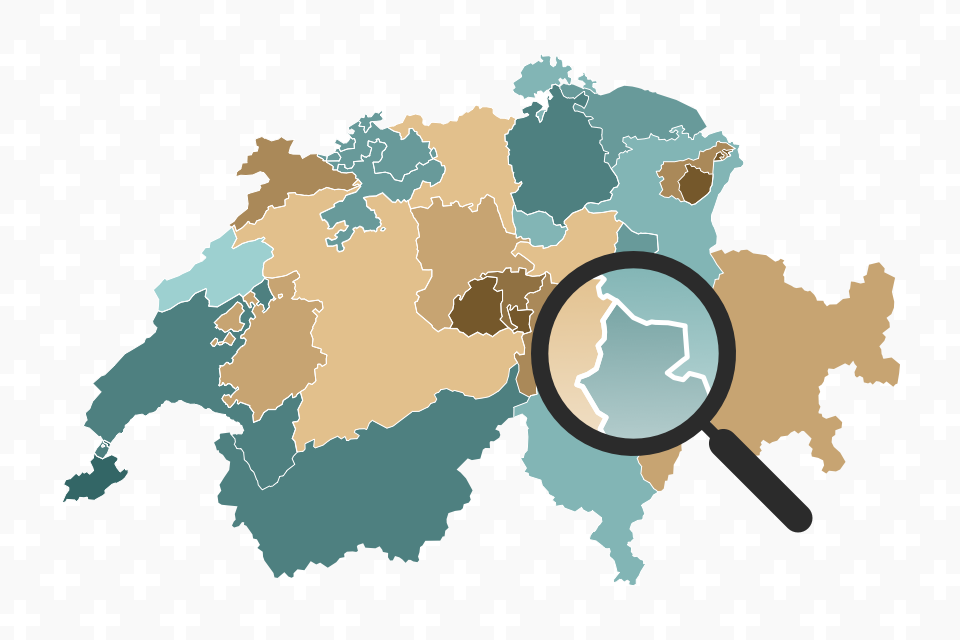


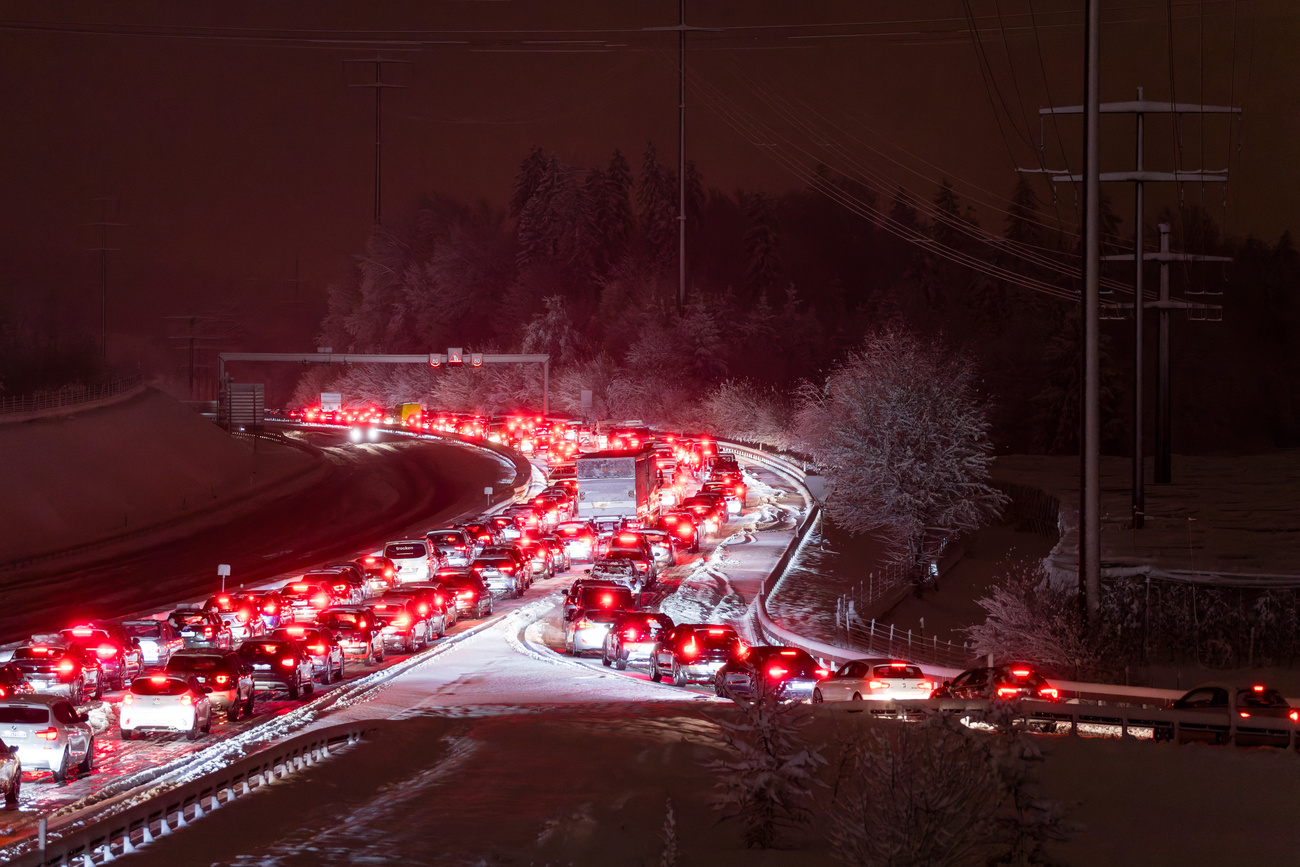




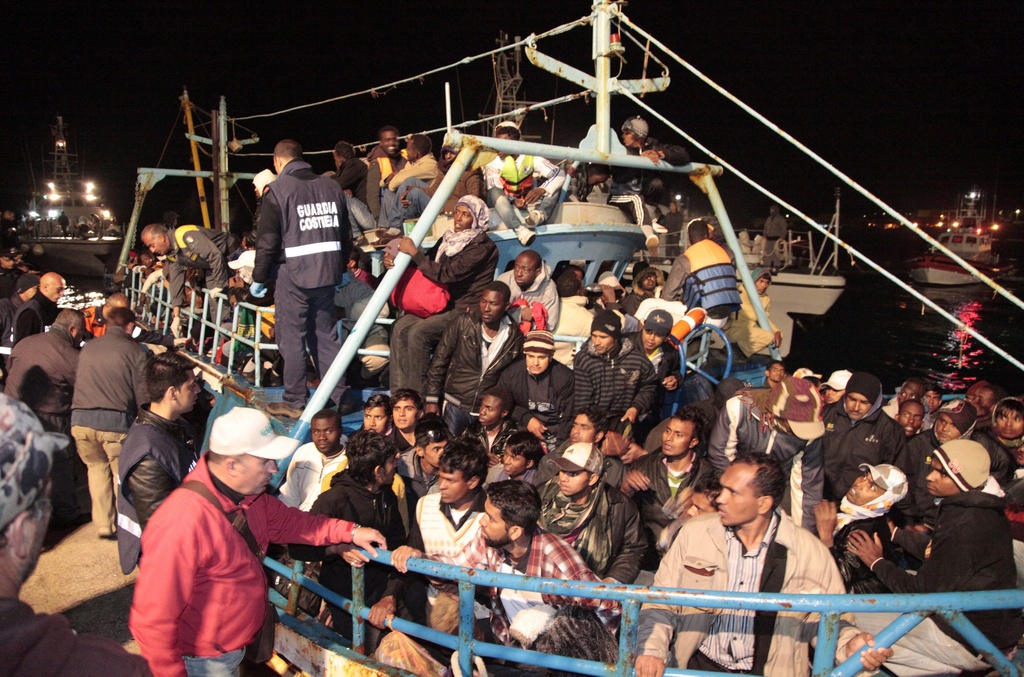

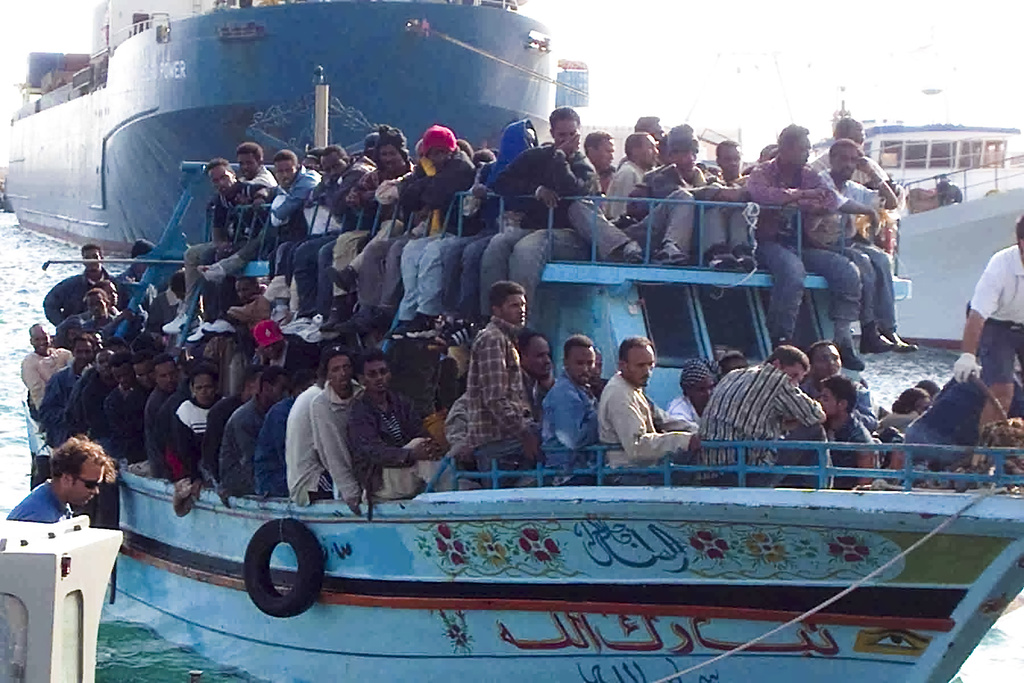
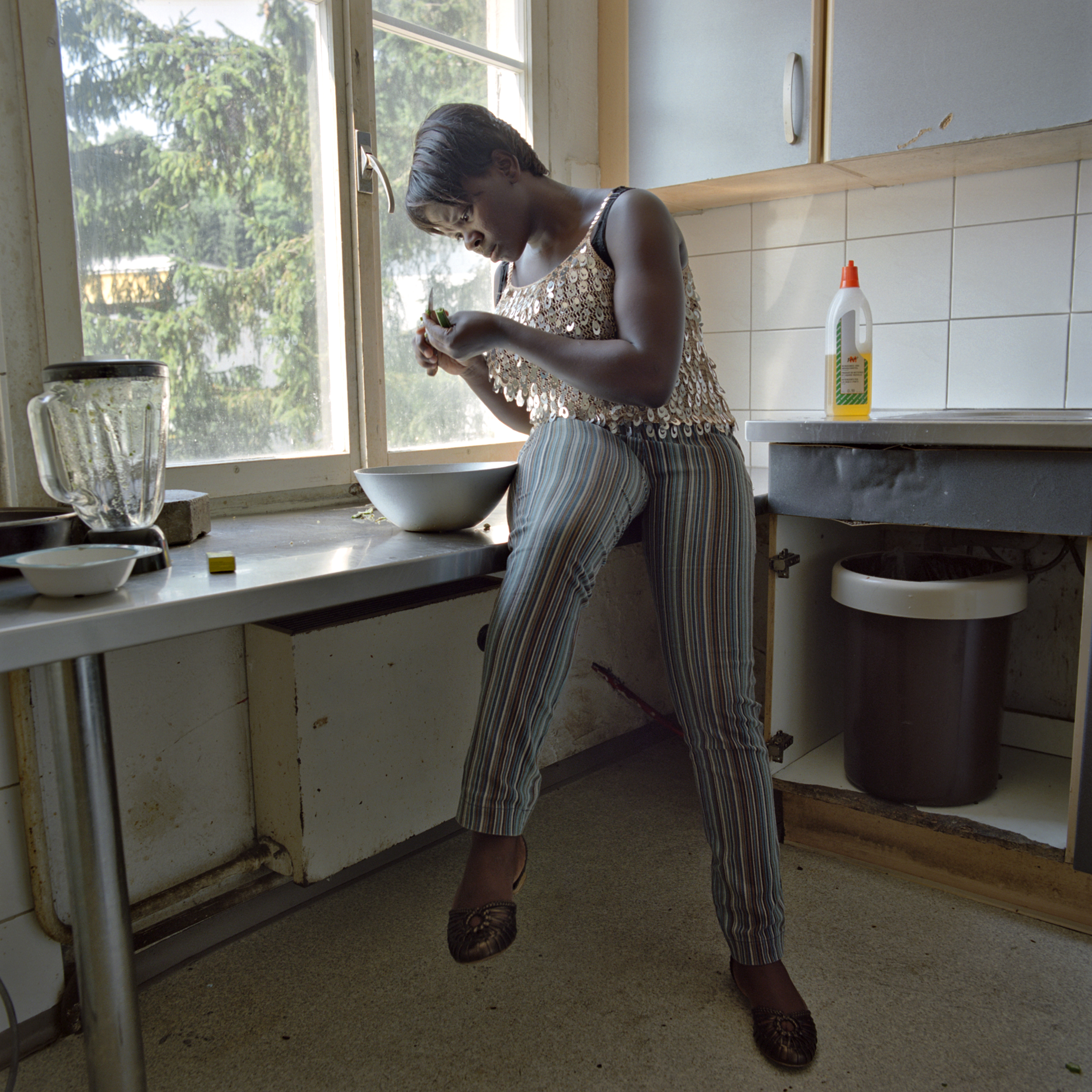

You can find an overview of ongoing debates with our journalists here . Please join us!
If you want to start a conversation about a topic raised in this article or want to report factual errors, email us at english@swissinfo.ch.